Selected Courses
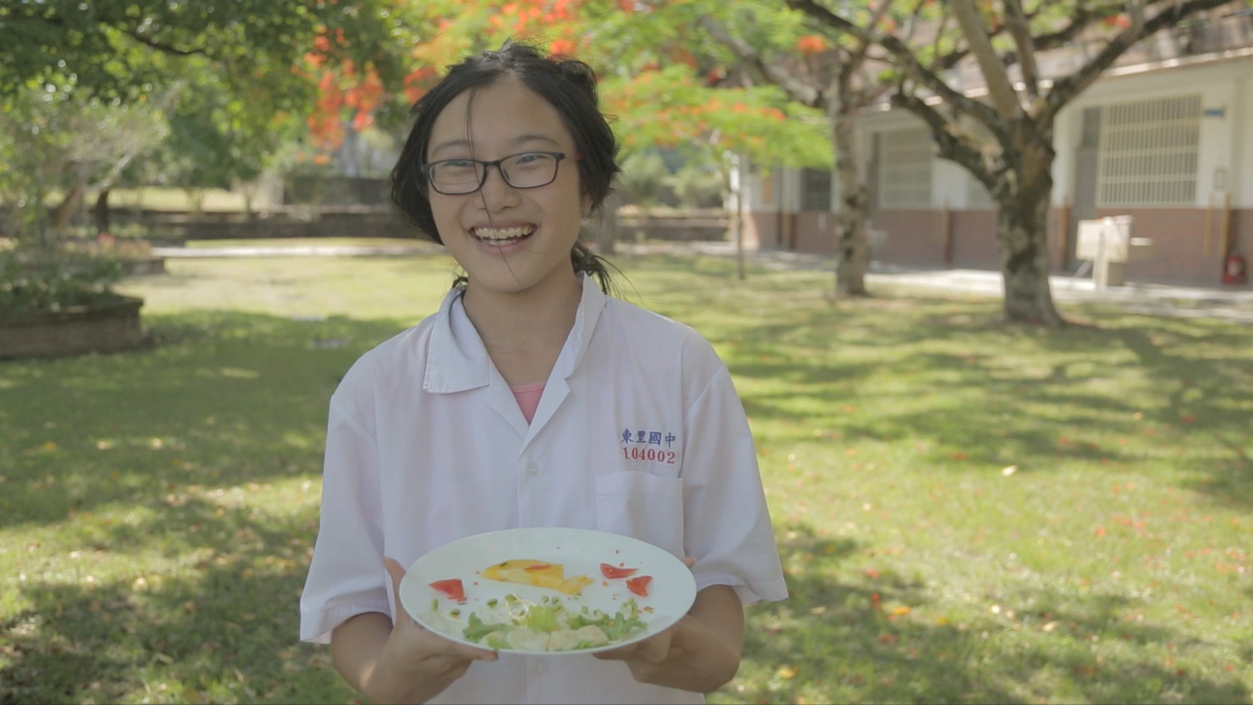
General Education Courses in Junior and Senior High Schools
There is no perfect textbook that can include all ideas of aesthetics. Aesthetics is in life, and the way to access it is with sensory practices. Aims at improving art and design education in Taiwan, CRIT-AADE invokes cultivating aesthetic sensibility through life, associates with schools in different sections of the nation, and supports teachers to develop art and design courses for students.
With the local sources of schools, the specialties of teachers, and the personal characteristics and developmental backgrounds of students, several art and design courses are created. In the past years, over 700 courses have been launched in junior and senior high schools.
Among the various courses, 11 featured cases are selected. In the documentary films, you can see how the teachers spread the aesthetic particles to the class and bring about some wonderful changes. The students step into the life lab and enjoy their sensory experiments. The explosions of creativity are vigorously striking the schools.
-
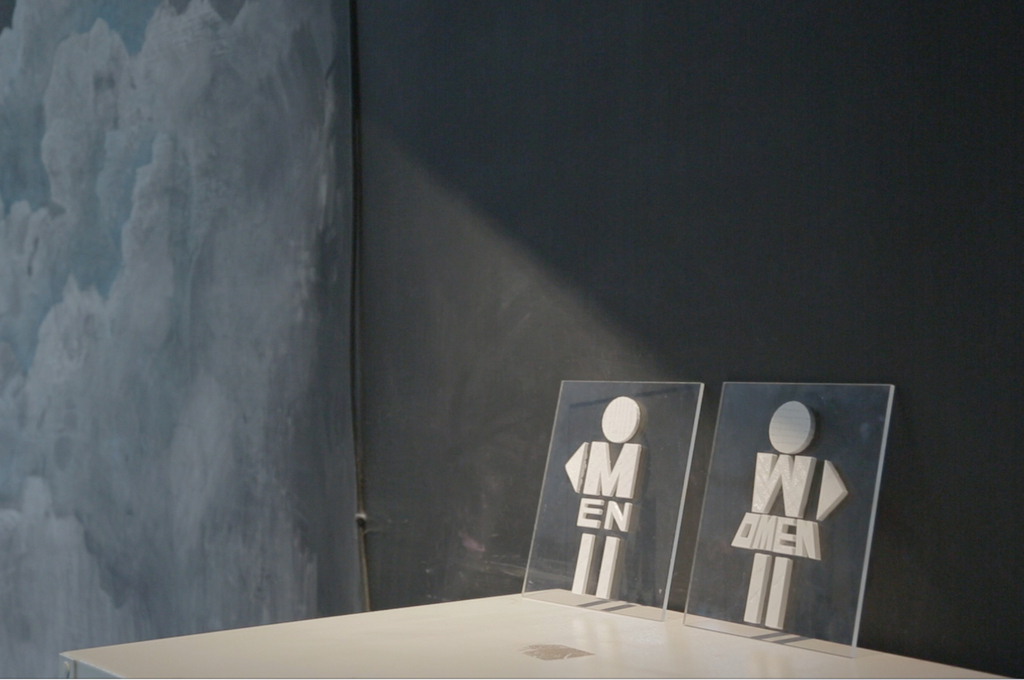
- Colors
- Gen-ed
“Aesthetics should spread naturally like particles in the air.” The art classroom at National Hsinchu Senior High School was the perfect place for teachers and students to immerse themselves in art and design. Mrs. Wu envisioned this space as a hub to stimulate the diffusion of art and design throughout the school. Inspired by this idea, a group of students began exploring the campus to identify areas for improvement. They identified issues such as the unsuitable fabrics and cuts of their uniforms and the confusing signs in the store. Bringing their findings back to the art classroom, the students brainstormed solutions. They then set out to implement changes, aiming to spread aesthetic appreciation beyond the classroom to other parts of the school. -

- Texture
- Gen-ed
The art and design course at Jinhua Junior High School, known as the Kang-Ching-Lung Streets Project, was developed collaboratively by all the art teachers. To gain a deeper understanding of their surroundings, the teachers and students left the classroom, planned exploration routes, and conducted field studies in the neighborhood around the campus. As they wandered the streets, observing and recording various architectures from different eras, they were impressed by their findings: a rich diversity of styles, forms, and textures in the buildings. Back at school, they discussed the suitability of the materials used and explored potential replacements for the buildings. By slowing down and paying more attention to the details on their way to school, the students were amazed at how much they had previously overlooked. -
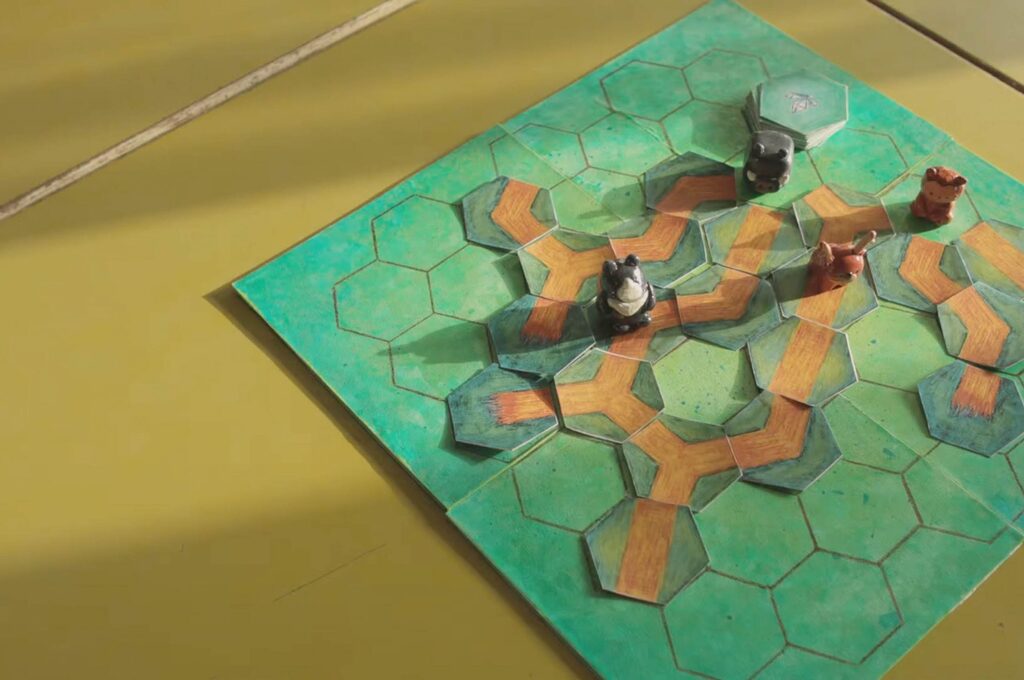
- Colors
- Gen-ed
The art and design course at Yu-Shan Public Junior High School evolved from the school’s curriculum, which included climbing Mt. Jade, Taiwan’s highest mountain, on various routes corresponding to different grades. Mr. Chang aimed to foster aesthetic sensibility in the students through these life experiences. To achieve this goal, he encouraged the students to design a board game inspired by their mountain journeys. With enthusiastic participation and strong teamwork, the students effectively applied design principles and successfully created their own imaginative and unique board games. -
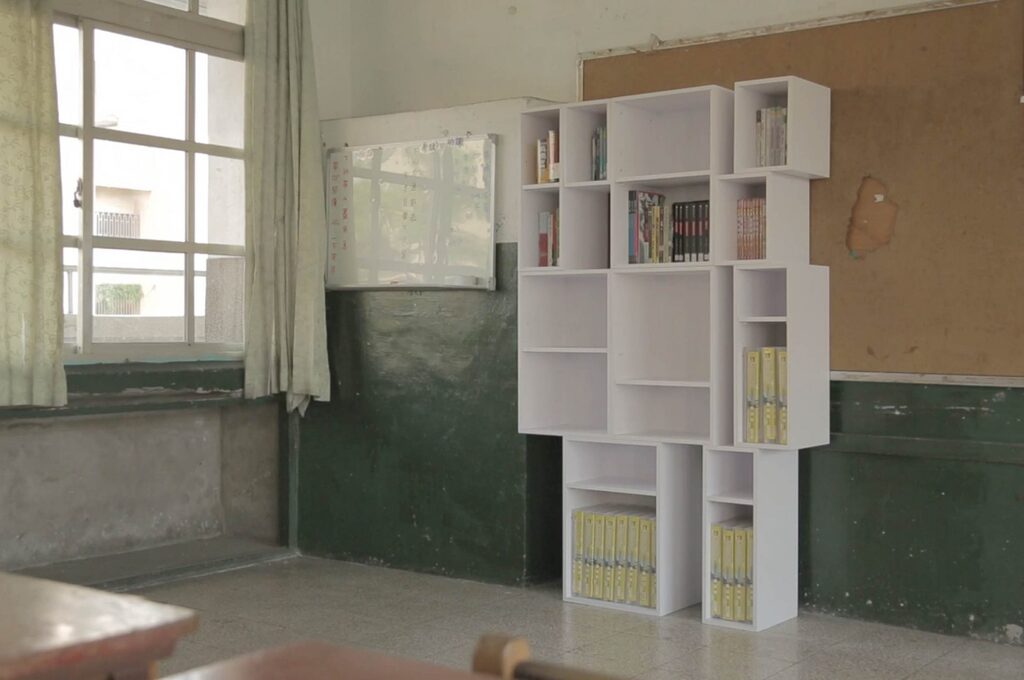
- Proportions
- Gen-ed
At Chu-Jen Junior High School, every class has had its own reading corner for years. However, not every class managed to design a reading corner that met all students’ expectations. With a limited budget and most three-tiered shelves on the market being standardized, their options were restricted. Mrs. Hsu came up with a solution. She introduced the concepts of proportion and positive/negative space to the class, asking the students to use these principles to design shelves that were both functional and decorative. The results exceeded Mrs. Hsu’s expectations. The students’ design drafts displayed remarkable creativity and diversity. Eventually, the students and Mrs. Hsu brought one of the drafts to life, successfully creating their own bookshelves. -
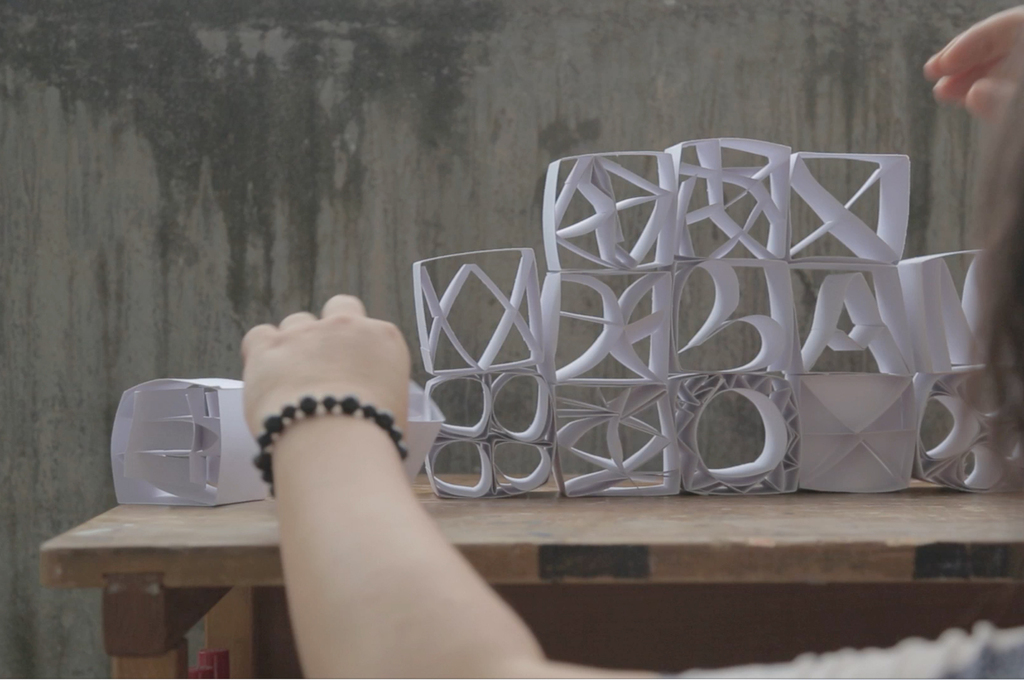
- Structure
- Gen-ed
In the house where Mrs. Tsai used to live, there were no barred windows. When she moved to Hualien, she still couldn’t find the ideal window for her new home. She wondered why most of the windows on the market were similar in materials and styles, and why the traditional wood lattice windows, with their beautiful patterns and fascinating structures, had disappeared. Determined to find the ideal window, Mrs. Tsai embarked on a journey with her students. Initially, she worried it would be too complicated for them to apply design principles to their window structures. To her surprise, after a semester of art and design courses, the students had developed the ability to observe and practice effectively. They could already use cardboard to create well-structured prototypes based on these principles. This experience made her realize the profound impact of cultivating aesthetic sensibility through practical life experiences. She saw that the children possessed infinite potential and that life is the best arena to ignite their creative power. -
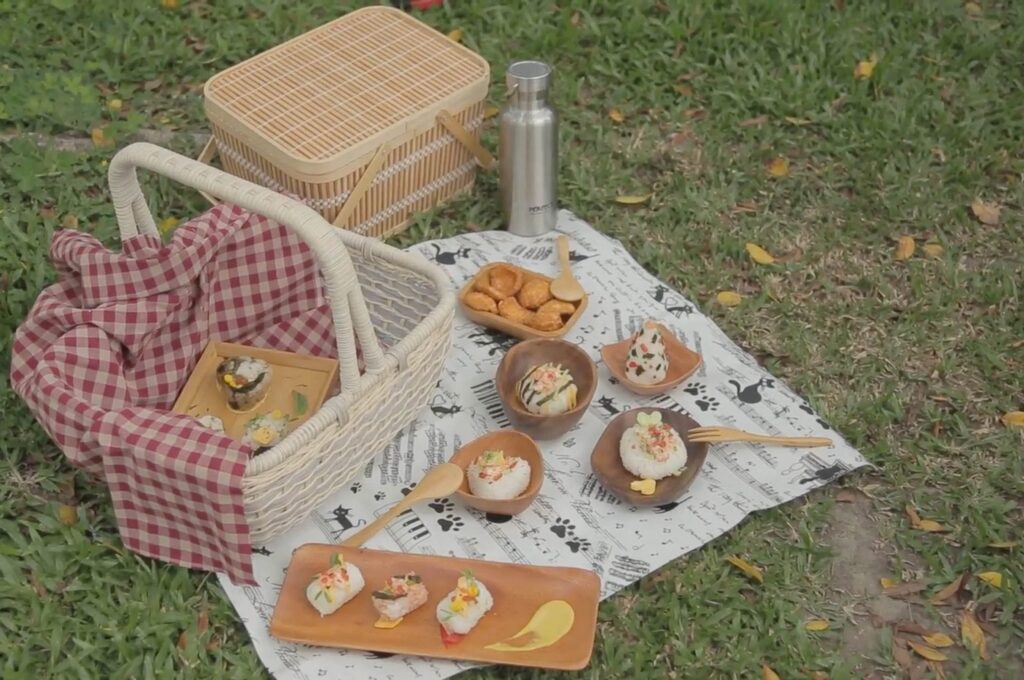
- Composition
- Gen-ed
After the art and design course last semester, Mrs. Chen wanted to help her students appreciate more beauty in everyday life. She introduced a new lesson called “The Picnic Lesson in Everyday Life,” which brought food and life into the classroom. The students prepared food themselves, applying art and design concepts to their work. Mrs. Chen invited a Home Economics teacher for an interdisciplinary collaboration, where they translated compositional design rules—dots, lines, and planes—into knife skills: dicing, julienning, and slicing. With this new approach to food preparation, the students created amazing dishes that even they couldn’t believe were made by their own hands. The most important part of the lesson was encouraging the students to step out of the classroom and physically experience life with all their senses. -

- Texture
- Gen-ed
An elder from the tribe was invited to give a lecture in Mr. Liu’s class. He spoke about the young and old generations in the tribe and sadly noted a cultural gap between them. To help bridge this gap and revive tribal traditions, Mr. Liu decided to teach the students how to make tree bark clothes. This lesson aimed to deepen their understanding of their own culture. The students learned about the different types of trees and why people made clothes from tree bark in the past. They experienced firsthand how to soften tree bark and used local materials and techniques to create items that meet contemporary needs. The lesson highlighted the tribal lifestyle and showcased the ancestors’ wisdom in utilizing natural materials for everyday life. It also encouraged the students to continue exploring new possibilities within traditional craftsmanship to pass on their aboriginal culture. -

- Colors
- Gen-ed
From her experience buying flowers, Mrs. Wang noticed that most shops didn’t offer packaging that complemented the colors of the bouquets. Often, the packaging was too colorful, detracting from the flowers’ elegance. After a semester of discussing color suitability in her art and design class, Mrs. Wang assigned a task to her students: using available materials, creating packaging that properly holds and complements the flowers. The challenge for the students was to prioritize: should they choose colors that better suit the flowers or their own color preferences? -

- Colors
- Gen-ed
In the Plantae kingdom, there are colors invisible to the human naked eye. To delve deeper into the essence of colors, Mrs. Chang led her students on a walk outside the classroom to closely examine plants. They collected beautiful specimens and brought them back to the lab for interdisciplinary experiments and color analysis. After this fascinating exploration, they were surprised to discover that the plants they see on campus everyday contain more colors than they had imagined. By extracting colors from the plants and observing the stratification phenomenon, the students learned about the variety and complexity of how nature generates colors. To Mrs. Chang, one of the purposes of the art and design course is to challenge conventions, and this class helped the students realize that leaves and flowers are not merely red and green. Through these scientific experiments, the students developed their ability to observe rationally. Additionally, the course encouraged them to adopt a bolder attitude toward exploring more possibilities. -
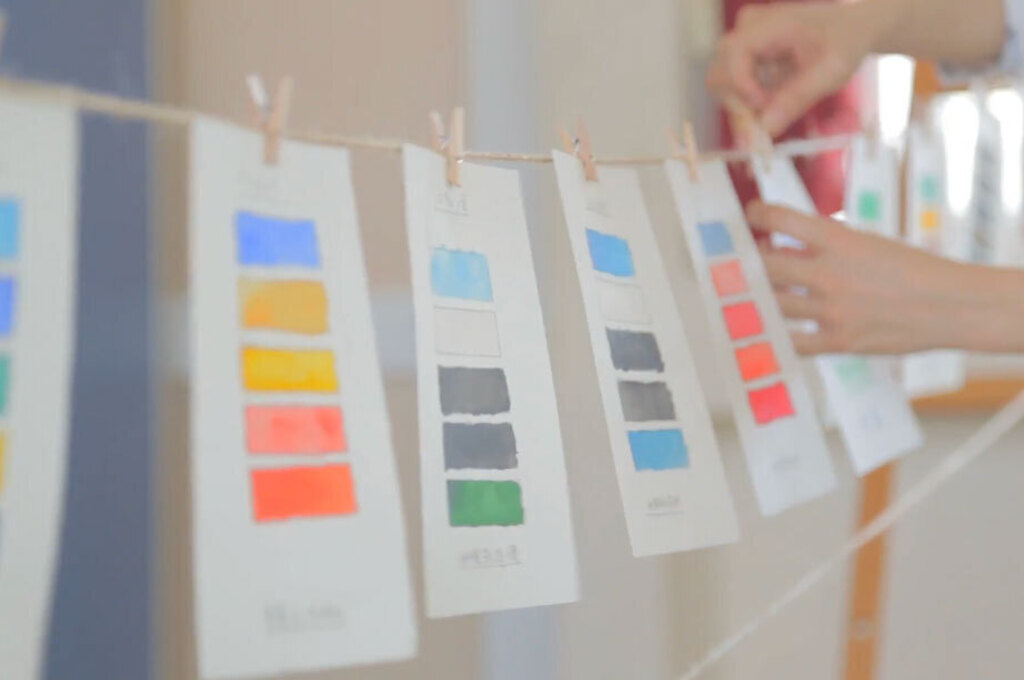
- Colors
- Gen-ed
Mrs. Lin had been teaching at Hsiyu Junior High School for over a year. Initially, the students lacked confidence in art class because the school had not had a regular art teacher, and they had received little art training before. However, to her surprise, Mrs. Lin discovered that the children, who live on Penghu Island and possess extensive knowledge of the oceans, were adept at distinguishing the colors in their everyday surroundings. By identifying and mixing paint colors and relating them to their personal memories, the students captured the dynamic landscapes and poetic moments of the island. In the color charts they created, the deep connection between them and their hometown was vividly displayed. For the children preparing to leave the island, the lesson was a precious gift from Mrs. Lin, who was also born in Penghu. She hoped that when they are apart, reminiscing about the colors would help them remember their beautiful hometown. -
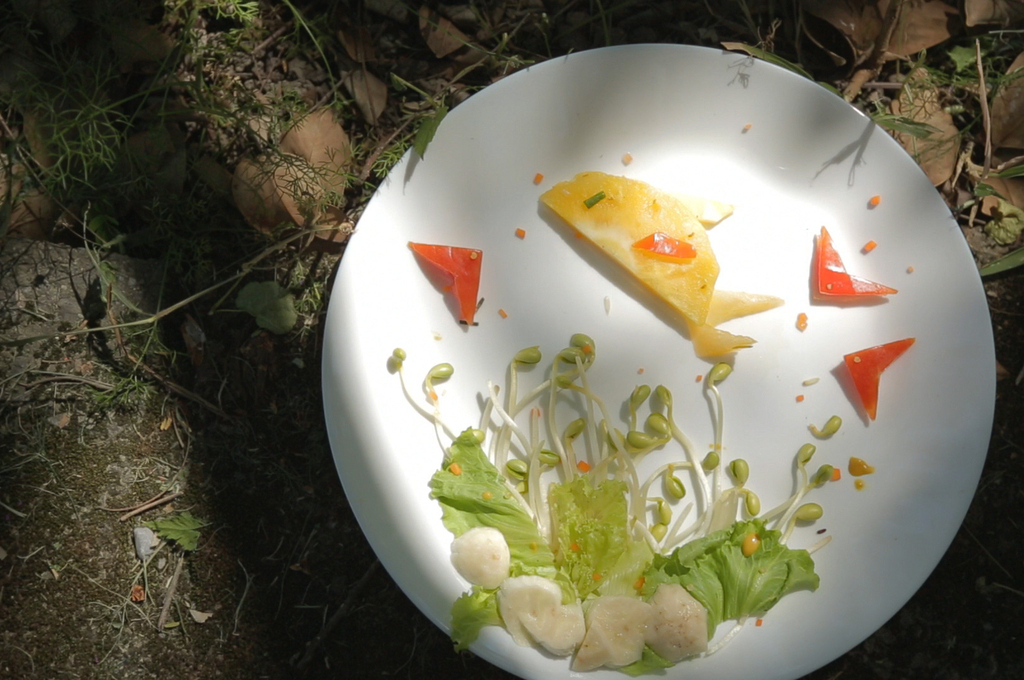
- Colors
- Gen-ed
Due to the scarcity of educational resources in the remote and rural regions of Taiwan, Mrs. Lu lectures simultaneously in three schools in Yuli, Hualien. She discovered that most of the children are from tribal communities, and their families, who rely on farming, live in harmony with the land. As a result, their lifestyle is deeply connected to the solar terms and seasonal foods. When teaching colors to her students, Mrs. Lu creatively incorporated food into the lessons to offer a unique perspective on colors. By rearranging the colors on the dining table, she aimed to help the students discover new meanings in their local food. Through exploring seasonal colors, the children gradually realized how food enriched their lives and even revealed their true selves.
